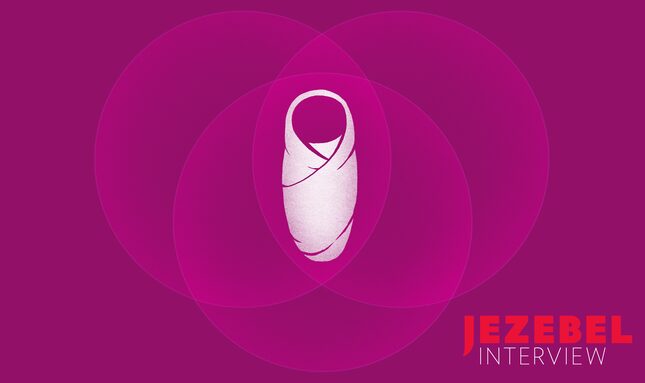The Doctor Who Oversaw the Creation of 3-Parent Baby Explains the IVF 'Breakthrough'
Latest

Dr. John Zhang of Manhattan’s New Hope Fertility Center has long performed miracles for fertility-challenged couples. In a typical year, his futuristic-looking clinic (its sleek all white-interior looks like something out of a 2001: A Space Odyssey-themed spa) oversees hundreds of births.
Zhang is responsible for creating the world’s first three-parent infant—a baby produced by combining a father’s sperm, a mother’s egg, and a donor egg.
The birth of the baby, formally announced this week in New Scientist, is a big deal in fertility circles. The technology Zhang employed to produce the three-parent baby not only provides a source of hope for couples looking to avoid passing deadly genetic disorders on to their offspring, but also, Zhang says, potentially ushers in an era in which more and more women in their 40s and 50s will be able to have their own biological children. Researchers additionally speculate the technology lays the groundwork for the possibility that same-sex male partners may one day be able to have biological children of their own.
The three-parent baby—a boy—was born at a Manhattan hospital in April to a couple who had worked for 20 years to start a family. The mother, from Jordan, is a carrier of Leigh Syndrome, which is likely to affect a baby’s developing nervous system. She and her husband lost two infants to the disorder, and miscarried four more, which is why she sought Zhang’s help.
New Scientist reports that a method of three-parent reproduction called “pronuclear transfer” is already approved in the UK:
[It] involves fertilising both the mother’s egg and a donor egg with the father’s sperm. Before the fertilised eggs start dividing into early-stage embryos, each nucleus is removed. The nucleus from the donor’s fertilised egg is discarded and replaced by that from the mother’s fertilised egg.
Because the couple is Muslim and didn’t want to destroy two embryos, Zhang and his team used a different method—they removed the cellular nucleus of the mother’s egg and inserted it into a disease-free donor egg which had already had its nucleus removed. Working in Mexico, the team then fertilized the new combination egg with the father’s sperm.
The procedure, Zhang said in an interview with Jezebel, essentially replaced the corrupted “egg white” of the birth mother with the healthy “egg white,” or mitochondria, of the egg donor, without altering the nucleus, or the “egg yolk” of the biological mother, which contains most of the genetic information responsible for determining a baby’s traits. According to New Scientist, five eggs were prepared using the new technology but only one was deemed suitable to fertilize.
“This is considered one of the latest and biggest breakthroughs in the IVF [in vitro fertilization] world,” Zhang told Jezebel. “The first breakthrough in the world of IVF was the development of IVF itself, the second was the development of embryo freezing, the third is PGD, or genetic testing of embryos (where embryos are biopsied prior to transfer to determine whether they are healthy). And number four is ICSI, which enhances the ability of sperm (particularly in older fathers) to fertilize an egg.”
“This is number five,” Zhang said of the three-parent baby. “The principle we are applying is very different.”
-

-

-

-

-

-

-

-

-

-

-

-

-

-

-

-

-

-

-

-

-

-

-

-

-

-

-

-

-

-

-

-

-

-

-

-

-

-

-

-








































